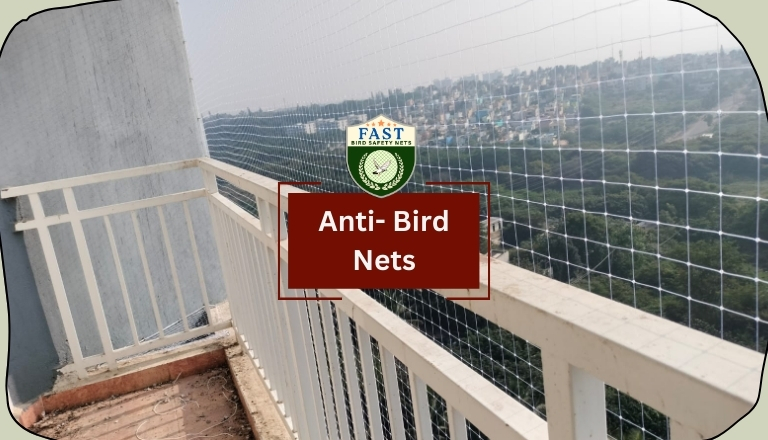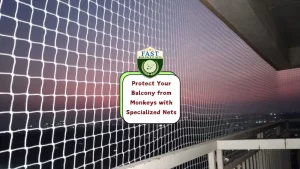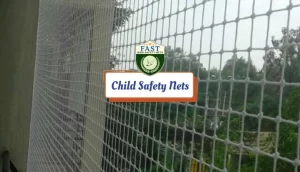Bird netting is a versatile solution for protecting crops, gardens, buildings, and other property from bird damage. With various types and materials available, selecting the right bird netting can be overwhelming. This comprehensive guide will help you navigate the options in choosing the right bird netting for your needs.
Understanding Bird Netting
What is Bird Netting?
Bird netting is a physical barrier made from mesh material to exclude birds from specific areas. It serves as a humane deterrent, preventing birds from accessing crops, fruit trees, and structures.
Types of Bird Netting
Garden Netting: Designed to protect fruits, vegetables, and plants in gardens or orchards.
Structural Netting: Used to cover roofs, balconies, and buildings to prevent bird roosting and nesting.
Agricultural Netting: Large-scale netting used in agriculture to protect crops from bird damage.
Choosing the Right Bird Netting
Material Considerations
Polyethylene Netting: Lightweight, durable, and UV-resistant, suitable for both indoor and outdoor use.
Nylon Netting: Strong and long-lasting, ideal for heavy-duty applications such as agricultural protection.
Stainless Steel Netting: Highly durable and resistant to corrosion, suitable for industrial and high-traffic areas.
Mesh Size
Smaller mesh sizes are effective for keeping out smaller birds like sparrows and starlings. Larger mesh sizes are suitable for larger birds such as pigeons and seagulls.

Netting Color
Black netting: Blends well with surroundings and reduces visibility, ideal for aesthetics-conscious applications.
White netting: Reflects sunlight, keeping areas underneath cooler, and may be more visible to birds.
Installation and Maintenance Tips
Proper Installation
Ensure the netting is securely fastened and taut to prevent birds from accessing gaps or openings. Use appropriate hardware such as hooks, zip ties, or net clips to attach the netting to support structures.
Regular Maintenance
Inspect the netting periodically for tears, holes, or damage and repair promptly to maintain effectiveness. Clean the netting regularly to remove debris, bird droppings, and nesting materials that may compromise its performance.
Additional Considerations
Weather Resistance
Choose netting that is resistant to UV rays, rain, wind, and other weather elements for long-term durability. Consider the climate of your location and select netting materials that can withstand local weather conditions.
Visibility and Aesthetics
Balance the need for bird protection with the visual impact of the netting on your property. Explore options for discreet installation or netting colors that blend seamlessly with your surroundings.
Cost and Budgeting
Cost Considerations
Evaluate the upfront cost of the netting material, installation hardware, and any additional accessories. Consider the long-term savings from reduced bird damage and the potential for increased yields or property value.
Conclusion
Choosing the right bird netting involves considering factors such as material, mesh size, installation method, and maintenance requirements. By understanding your specific needs and preferences, you can select bird netting that provides effective protection while enhancing the aesthetics and functionality of your property. Invest in high-quality bird netting to safeguard your investments and enjoy peace of mind knowing that your property is protected from bird damage.






